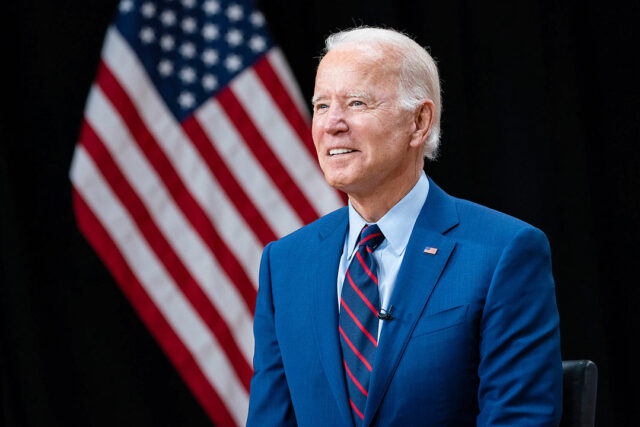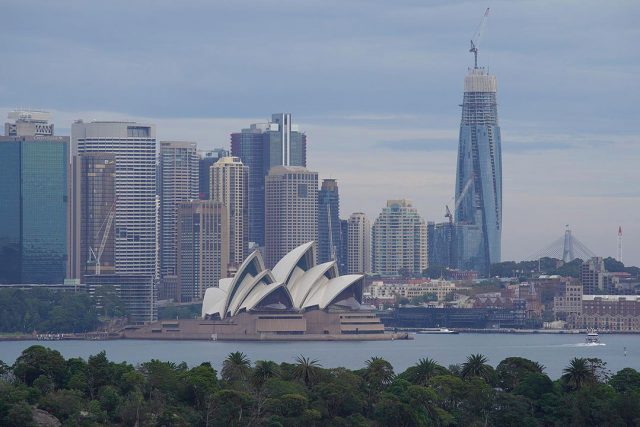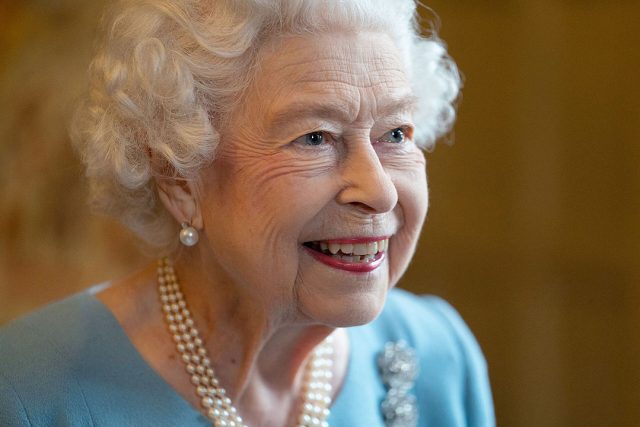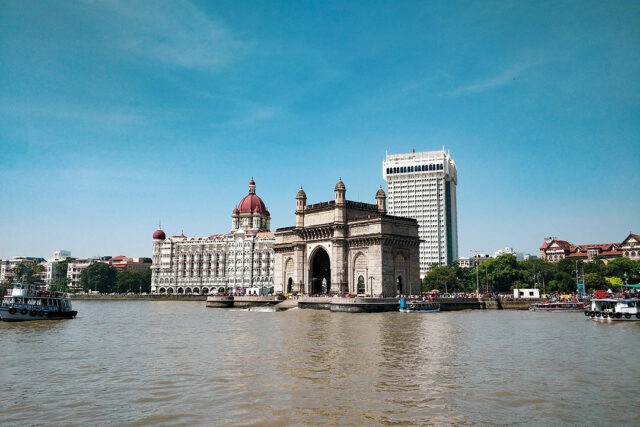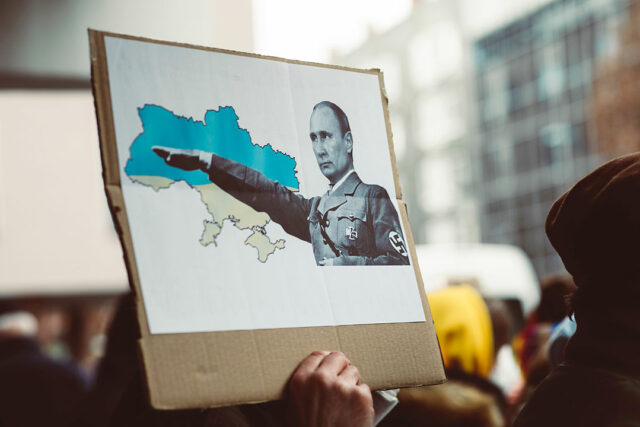China’s ambition to become the world’s economic and military superpower has railroaded the sovereignty of nations and caused tensions of war. This is true not only in the West Philippine Sea but also in the Indian Ocean.
China’s nine-dash line, the basis for its territorial grab of the West Philippine Sea, has been deemed inferior to the historical claim of the Philippines. No less than the Permanent Court of Arbitration of the United Nations has ruled on this. Yet, in defiance to the UN Tribunal’s decision, China pressed on it with its territorial grab.
Why is the West Philippine Sea so important to China? Dominion over disputed waters will allow China to control world trade as the seas serves as the nautical superhighway where two-thirds of world trade traverses. Freedom of navigation, passage and overflight will fall solely to China’s discretion. Additionally, China will become self-sufficient in fuel and food given the immense natural resources beneath the disputed waters.
The Indian Ocean serves the same purpose. The waters span the coasts of 28 countries including mighty adversaries such as India, Australia, and members of ASEAN. About 27.9% of the world’s natural gas reserves are found in the Indian Ocean. More importantly, the Indian Ocean is where 80% of global oil supply passes through.
Command over the Indian Ocean and the West Philippine Sea will give China unprecedented economic and military advantage over its adversaries.
There are three major choke points within the Indian Ocean — they are the Strait of Hormuz in the Persian Gulf, the Strait of Malacca in the Malay Peninsula, and the Strait of Bab el-Mandeb in the Arabian Peninsula. There are other choke points, albeit less critical, namely, the Mozambique Channel, Suez Canal, and the Sunda and Lombok Straits. Choking any of these straits can bring the flow of oil and global trade to a standstill. This is why it is important for China to control the Indian Ocean.
Enter the Belt & Road Initiative. Presented under the guise of official development assistance, the Belt & Road Initiative is, in reality, a debt trap meant to give China control over vital infrastructure installations in the Indian Ocean and other strategic areas.
How does it work? China lures weak nations into acquiring massive loans for the development of infrastructure. It then imposes stiff terms designed to cause these nations to default. Interest rates could reach 4% per annum as compared to 1% from development lenders such as the ADB. Chinese debt duration usually spans 10 to 15 years whereas it is typically 30 years with others. All construction suppliers, labor, and engineers are sourced from China causing the funds to flow back to the mainland, not the host country. In the event that a debtor country defaults, China takes over the asset and treats it like its sovereign property. At present, China has already assumed control of Pakistan’s Gwadar Port, Sri Lanka’s Hambantota Port, and is moving closer towards controlling the Kyaukpyu Port in Myanmar.
The Gwadar Port in Pakistan gives the Chinese easy access to the Strait of Hormuz and the Suez Canal. Its naval base in Djibouti gives it access to the Bab el-Mandeb Port. The Port of Dar es Salaam in Tanzania gives it access to the Mozambique Channel.
Each of the Chinese-controlled ports and/or military installations in the Indian Ocean constitutes a nugget in its “string of pearls strategy.” Together, they form a lethal necklace that hangs around India’s neck, another emerging military and economic superpower. China has surrounded India with its deadly string of pearls which it could tighten anytime should India challenge its dominance.
While India has no self-serving ambition for world domination, it must still protect its interests. China’s String of Pearls Strategy has caused tension between the two superpowers. Indian Minister of External Affairs Subrahmanyam Jaishankar admitted that the relationship between the two is “not normal and that a cold war exists.”
So, just as China has hung a string of pearls around India’s neck, so has India hung a Diamond Necklace around China.
Since becoming prime minister of India in 2014, Narendra Modi has established multiple alliances with like-minded countries towards military cooperation.
Among these alliances is the Quadrilateral Security Dialogue (QUAD), a strategic alliance between India, the US, Japan, and Australia. The QUAD works to maintain a free and open Indo-Pacific region and a rule-based maritime order in the East China Sea and West Philippine Sea.
India was granted military access to the Port of Duqm in Oman, situated between China’s Gwadar Port and the Djibouti Military Base.
India was granted military access to the Changi Naval Base in Singapore. This gives it easy access to the Malacca, Lombok and Sunda Straits.
India was granted military access to the Sabang port in Indonesia, within striking distance of the Malacca Strait. The Malacca Strait is where 70% of China’s oil supply and 60% of trade pass through.
India was granted military access to the Cam Ranh Port in Vietnam.
India and Japan signed an Acquisition and Cross-Servicing Agreement. This allows the militaries of both nations to exchange supplies and services including the use of ports.
India has established close relations with Mongolia via the extension of a $500-million credit line. In exchange, India is assured of cooperation from Mongolia, a country situated north of China.
India was granted military access to the Chabahar Port in Iran.
Connect the countries to which India has military access and you will find a diamond necklace around mainland China.
China’s ambitions for economic and military dominance have put it in the crosshairs of peace-loving nations like India, the US, Japan, Australia, and the ASEAN who only want continued peace and prosperity on the planet. India is right, the only way to combat China’s escalating aggression is to form alliances with like-minded counties to defend our way of life.
Andrew J. Masigan is an economist
andrew_rs6@yahoo.com
Facebook@AndrewJ. Masigan
Twitter @aj_masigan


